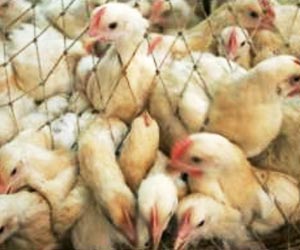Fresh kind of bird flu has resulted in fatal pneumonia in baby seals off the northeastern US coast. It may pose a risk to humans, states US research.

Most of the dead seals were younger than six months of age.
While there have been no known human cases to date, scientists at Columbia University in New York urged caution, given the history of bird flu and its ability to evolve into forms that can infect people, like H5N1.
"Our findings reinforce the importance of wildlife surveillance in predicting and preventing pandemics," said W. Ian Lipkin, professor of epidemiology at the Columbia University Mailman School of Public Health.
"HIV/AIDS, SARS, West Nile, Nipah and influenza are all examples of emerging infectious diseases that originated in animals," Lipkin added.
"Any outbreak of disease in domestic animals or wildlife, while an immediate threat to wildlife conservation, must also be considered potentially hazardous to humans."
Advertisement
Over time, the virus gained the ability to infect mammals by latching on to receptors in their respiratory tracts.
Advertisement
A total of 162 dead or dying seals were recovered over the next three months, the researchers said.
Early research on the mutations in the strain "suggest enhanced virulence and transmission in mammals," though further study is needed, the authors said.
The bird flu that most people know about, H5N1, remains relatively rare but has killed about half of the people it has infected since the first outbreak in Hong Kong in 1997.
The World Health Organization has tallied 606 human cases of bird flu since 2003 and 357 deaths, according to a June report.
The so-called swine flu, or H1N1, broke out in Mexico in 2009. The H1N1 virus spread into a global pandemic that claimed the lives of 17,000 people.
Source-AFP











